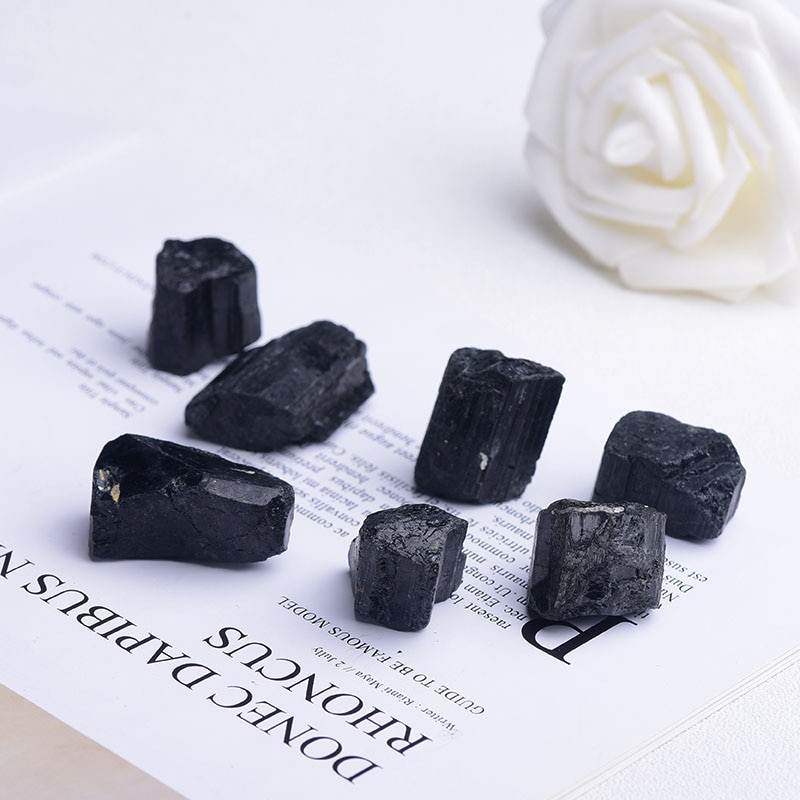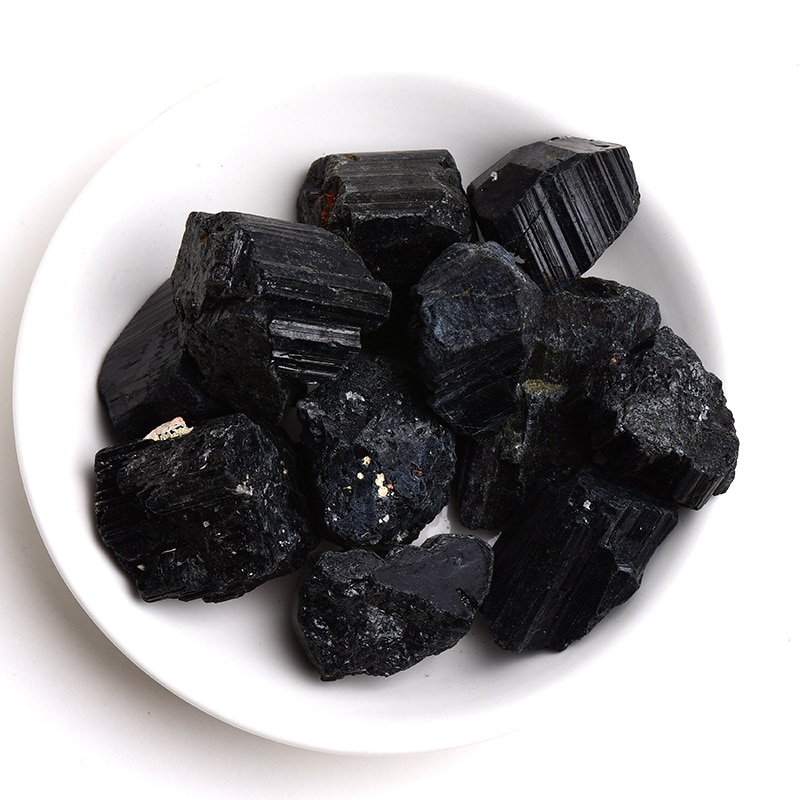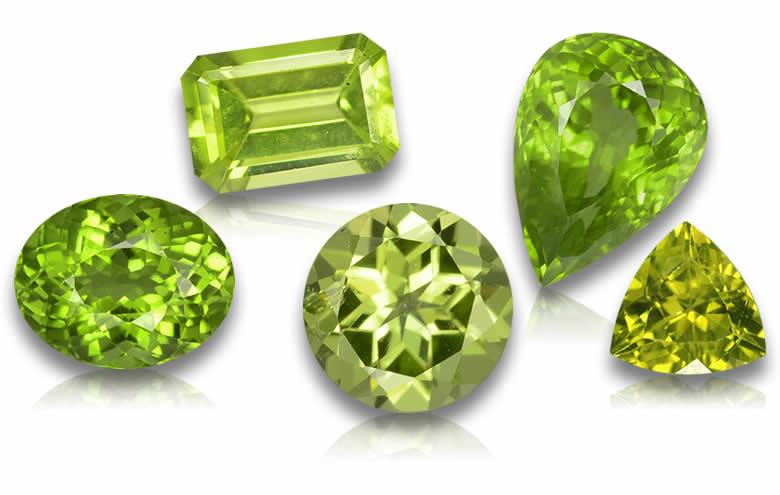Quick info about Tourmaline Birthstone
- Official birthstone: October (alternative birthstone)
- Colors: Available in a wide range of colors, including pink, green, blue, and black
- Meaning: Creativity, protection, and emotional balance
- Zodiac signs: Libra and Scorpio
- Mohs hardness: 7 to 7.5
Birthstones have captivated human beings for centuries, symbolizing a deep connection between individuals and the month they were born in. These precious gems hold both cultural and personal significance, serving as a tangible representation of one’s identity and personality traits. In the vast realm of birthstones, one particular gemstone that shines bright is tourmaline, the birthstone for October.
Definition and Significance of Birthstones
Birthstones are gemstones that are associated with specific months of the year. The concept of birthstones dates back to ancient times when scholars believed in the mystical properties of gemstones and their ability to bring good fortune or ward off evil spirits. Over time, different cultures developed their own lists of birthstones based on astrological signs or calendar months.
The significance lies not only in these gems’ aesthetic appeal but also in the belief that they can influence various aspects of an individual’s life, including health, luck, and personal growth. Birthstones are often worn as jewelry pieces or incorporated into talismans to harness their unique energies throughout life’s journey.
Brief Overview of October Birthstone – Tourmaline
As we delve into the enchanting world of birthstones, we encounter tourmaline as October’s radiant gemstone. This magnificent stone derives its name from “tura mali,” meaning “mixed stone” in Sinhalese – a fitting description for its vast range of colors and hues.
Tourmaline is admired not only for its mesmerizing beauty but also for its fascinating geological origins. This gemstone forms from crystallized boron silicate minerals under specific conditions within igneous rocks or metamorphic environments.
Its prismatic crystal structure allows light to refract beautifully within each facet, resulting in vibrant displays of color unparalleled by many other gem varieties. October-born individuals have the privilege to embrace this versatile gemstone, which comes in an array of mesmerizing colors.
From delicate pinks to deep greens and even striking blues, tourmaline offers a limitless spectrum of hues to cater to every individual’s taste and style. This gemstone’s diversity allows for a personal connection, as individuals can choose the color that resonates most with their spirit or aligns with their personality traits.
Indeed, tourmaline is a birthstone that embraces the essence of October, captivating hearts with its breathtaking beauty and deep-rooted symbolism. In the subsequent sections, we shall explore the geological background and physical properties of tourmaline while delving into its various types and historical significance throughout civilizations.

Overview of Tourmaline
Geological Background
Tourmaline, a captivating gemstone adorning the month of October, has a fascinating geological origin. It is formed through intricate processes deep within the Earth’s crust.
Tourmaline typically develops in pegmatite veins, which are coarse-grained igneous rocks rich in minerals that form as magma slowly cools. These veins can be found in various locations around the world, including Brazil, Afghanistan, and Madagascar.
Formation Process and Locations
The formation of tourmaline begins with the melting of rocks under high temperatures and pressures. This molten material, known as magma, rises towards the Earth’s surface through cracks and fissures. As it cools down, it solidifies into crystals within the pegmatite veins.
The specific conditions during cooling determine the color variations observed in tourmalines. The locations where tourmalines are found vary widely due to their diverse formation processes.
For instance, Brazil is renowned for its production of vibrant green and blue tourmalines, while Africa is known for its pink and red varieties. Additionally, some rare types like Paraiba tourmaline with its vivid blue-green hue are exclusively found in specific regions such as Brazil’s Paraiba region.
Composition and Crystal Structure
Tourmaline belongs to a group of complex borosilicate minerals with varying chemical compositions. Its crystal structure consists of prismatic columns with triangular cross-sections arranged parallel to each other along a central axis.
Each crystal exhibits longitudinal striations running along its length. The chemical composition of tourmaline varies depending on trace elements present during its formation.
The most common elements include aluminum, iron, magnesium, sodium, lithium, potassium – all contributing to its unique properties such as coloration and hardness. Additional trace elements can also result in the formation of rare and valuable varieties like Paraiba tourmaline.
Physical Properties
Color Variations and Their Causes One of the most intriguing aspects of tourmaline is its remarkable color range. It can display a spectrum of colors, including pink, green, blue, red, yellow, and even black.
The color variations arise due to the presence of different trace elements within the crystal structure. For instance, iron-rich tourmalines tend to display shades of green or blue, while manganese gives rise to pink or red hues.
The combination of various elements creates a stunning palette that has captivated gem enthusiasts for centuries. Hardness, Density, and Refractive Index
Tourmaline boasts impressive physical properties that contribute to its durability and beauty as a gemstone. It possesses a hardness ranging from 7 to 7.5 on the Mohs scale – making it relatively resistant to scratching and suitable for daily wear in jewelry.
Its density varies depending on the specific composition but generally ranges between 2.8 and 3.2 g/cm³. Another significant property is its refractive index – an optical characteristic that determines how light interacts with the gemstone’s surface.
Tourmaline showcases a refractive index ranging from approximately 1.624 to 1.644, giving it excellent brilliance when properly cut and polished. Understanding the geological background of tourmaline provides insight into its fascinating formation process within pegmatite veins found worldwide.
The gemstone’s composition and crystal structure contribute not only to its aesthetic appeal but also its unique physical properties such as hardness and density. Moreover, tourmaline’s diverse color variations add an enchanting allure that sets it apart among other birthstones throughout history.
Types of Tourmaline
Tourmaline, the mesmerizing gemstone of October, comes in a variety of captivating hues and shades. The different types of tourmaline exhibit unique characteristics, making each one a cherished gem in its own right. Let us explore the common and rare varieties that distinguish this birthstone.
Common Varieties
Elbaite: Among the most popular types of tourmaline, Elbaite stands out for its vibrant colors that span the spectrum. This variety often captures attention with its stunning pink and green variations.
Pink Tourmaline: Known for its delicate rosy hues, pink tourmaline evokes feelings of love and compassion. It is believed to open the heart chakra and promote emotional healing. This gemstone’s exquisite soft tones make it a favored choice for jewelry expressing tenderness or affection.
Green Tourmaline: Symbolizing growth and abundance, green tourmaline embodies the lushness of nature itself. Ranging from subtle grassy shades to deep emerald greens, this stone exudes a soothing energy that promotes harmony and prosperity. It is often associated with balancing the heart and promoting vitality.
Schorl: A striking black variety of tourmaline, Schorl possesses unique protective properties that have fascinated ancient civilizations for centuries.
Ancient Beliefs: Since antiquity, black tourmaline has been revered as a powerful talisman against negative energies and psychic attacks. Many cultures believed that wearing or carrying this stone would create an energetic shield around oneself, serving as a guardian against malevolent forces.
Dravite: Dravite showcases rich brown hues synonymous with grounding energy and stability.
This variety of tourmaline serves as an anchor during times of change, providing a sense of security and promoting self-confidence. Its earthy tones make it an appealing choice for jewelry with a warm, comforting aesthetic.
Rare Varieties
Paraiba Tourmaline: Standing in a league of its own, Paraiba tourmaline is exceptionally rare and highly prized for its electrifying blue-green color.
Discovery: The discovery of Paraiba tourmaline in Brazil’s Paraiba region in the late 1980s caused ripples of excitement throughout the gemstone world. Its intense hues mesmerize observers with their brilliance and otherworldly glow.
Unique Copper Content: What sets Paraiba tourmaline apart is its unique copper content, responsible for the gemstone’s radiant hue. The interplay between copper ions and manganese gives rise to this gem’s astonishingly vibrant and luminescent colors, leaving collectors enraptured by its beauty.
The diverse array of types within the world of tourmaline ensures that this October birthstone offers something unique for every individual. Whether you are drawn to the gentle allure of pink tourmaline or seek the protective power of black schorl, these gemstones captivate with their captivating colors and spiritual associations.

Ancient civilizations’ fascination with tourmaline
Tourmaline has captivated the imagination of ancient civilizations, who attributed mystical properties and powers to this remarkable gemstone. The allure of tourmaline can be traced back to the Egyptians, who believed that it possessed the ability to attract inspiration and protect against danger. They adorned themselves with tourmaline jewelry, considering it a talisman that would bring them good fortune and ward off evil spirits.
Egyptian belief in the stone’s ability to attract inspiration and protect against danger
In ancient Egypt, tourmalines were highly esteemed for their supposed ability to enhance creativity and stimulate one’s imagination. Egyptians associated the vibrant colors of tourmaline with divine inspiration, believing that wearing or carrying these gemstones would help them tap into hidden depths of knowledge and unlock their artistic potential. Additionally, they believed that tourmalines acted as protective amulets, guarding against malevolent energies and safeguarding their wearers from harm.
Ancient Indian legends associating tourmalines with various deities
Ancient Indian legends also depict a deep reverence for tourmalines. According to Hindu mythology, this gemstone was created when various colored stones traveled through a rainbow on their way to Earth. Each color represented a particular deity or godly power.
The green variety was associated with Lord Ganesha, goddess Parvati was linked to pink tourmaline, while blue tourmalines held connections with Lord Krishna. These associations further elevated the status of tourmalines in Indian culture as symbols of divine blessings and spirituality.
Tourmaline in jewelry throughout history
Throughout history, people have sought out the beauty and versatility of tourmalines for use in jewelry pieces that epitomize elegance and sophistication. This gemstone has played a prominent role in various royal collections and has been favored by influential figures.
Royal connections – Queen Victoria’s love for pink tourmalines during the Victorian era
During the Victorian era, pink tourmalines gained immense popularity, partly due to Queen Victoria’s fondness for this captivating gemstone. Her love for pink tourmalines sparked a trend that spread throughout Europe, and jewelers began creating exquisite pieces adorned with these precious gems. Pink tourmalines symbolized femininity and grace, reflecting the romantic aesthetics of the time.
Modern popularity
In contemporary times, tourmaline continues to captivate jewelry enthusiasts worldwide. Its wide range of colors and affordability make it a beloved choice for both traditional and modern designs.
The gemstone’s versatility allows it to be used in various jewelry styles, from delicate earrings to bold statement necklaces. Whether set in yellow gold or platinum, tourmaline exhibits its unique beauty and vibrancy that appeals to a diverse range of tastes.
Conclusion
Tourmaline has enchanted humanity throughout history with its mesmerizing hues and legendary properties. From ancient civilizations’ belief in its ability to attract inspiration and offer protection against danger to its presence in royal collections such as Queen Victoria’s fondness for pink tourmalines during the Victorian era, this extraordinary gemstone has stood the test of time.
Today, it continues to be cherished by jewelry connoisseurs worldwide who appreciate not only its historical significance but also its timeless beauty. May the allure of tourmaline inspire us all to embrace our creativity while radiating joy and optimism like the brilliant colors within this remarkable gemstone.





